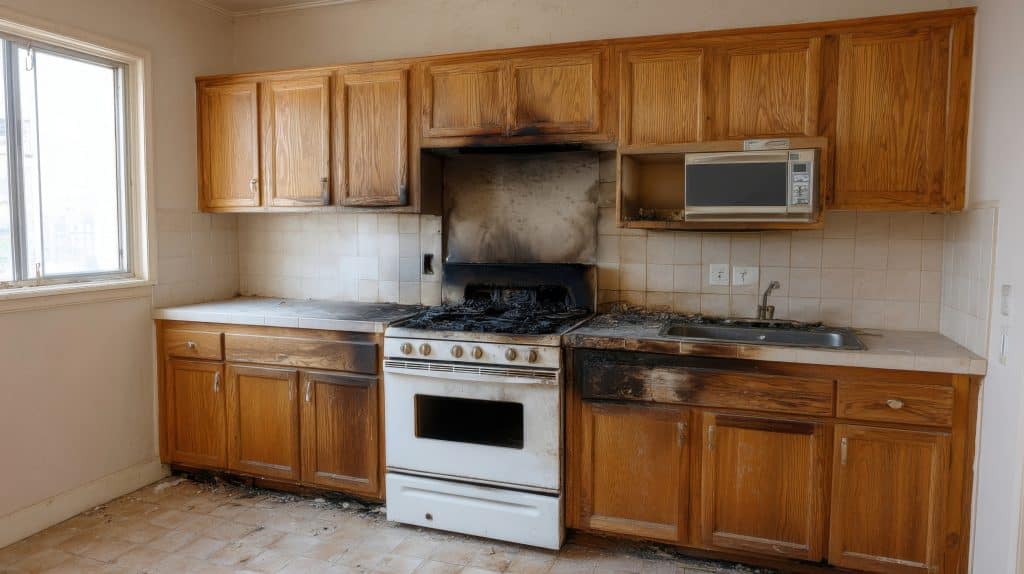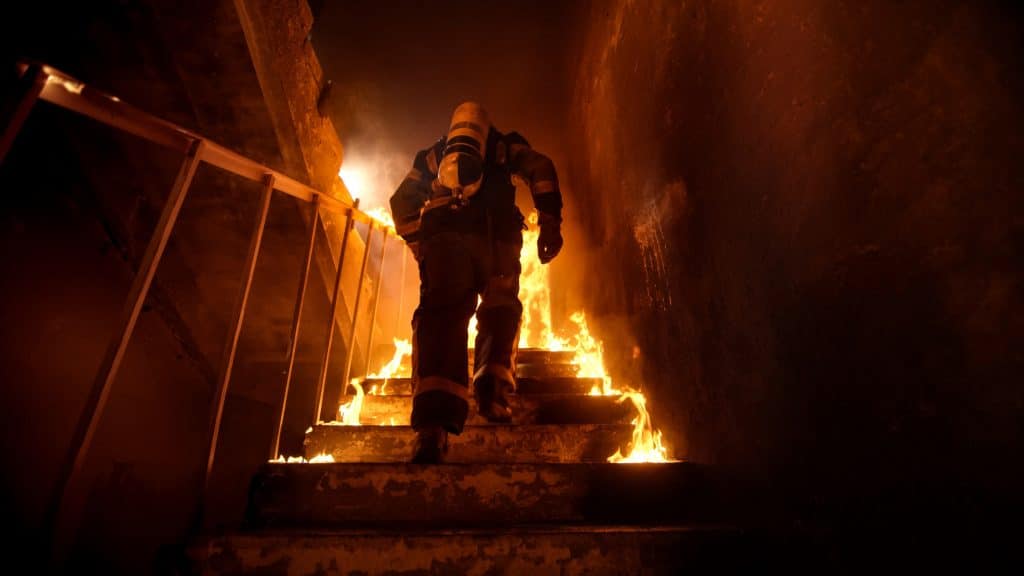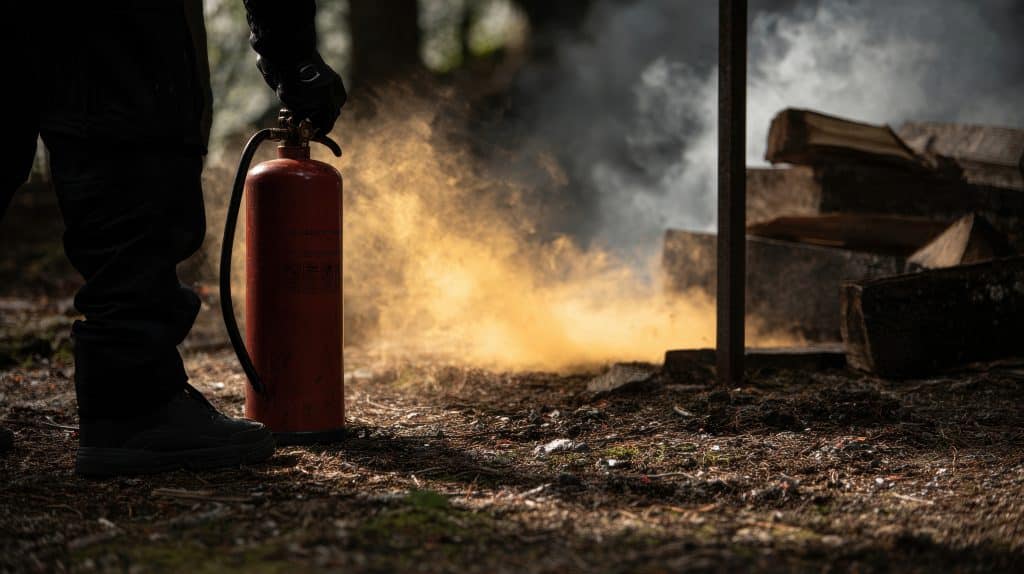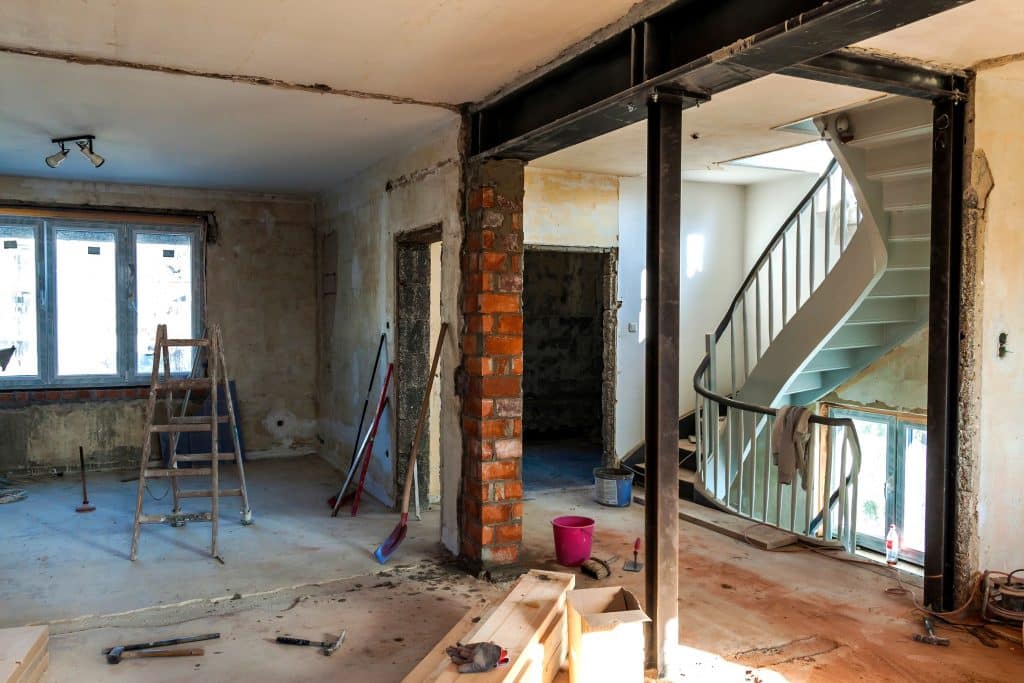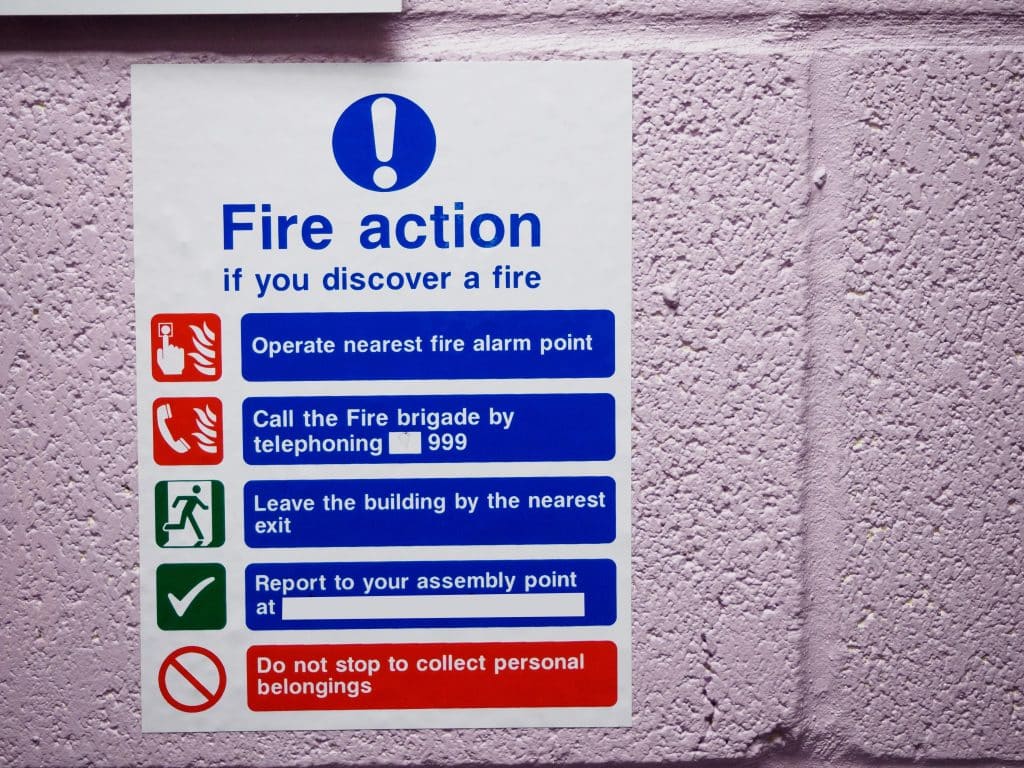In the moment of an emergency, using a fire extinguisher is often your first line of defence. But once the flames are out (or the extinguisher is empty), what should you do next? Knowing what to do immediately after using a fire extinguisher is just as important as knowing how to use one. Whether you’ve […]
Category Archives: Fire News
As the clock ticks down to midnight, millions of people across the UK are making resolutions for the year ahead. Whether it’s eating better, exercising more, or finally fixing that dripping tap, New Year’s is the perfect time to commit to small changes that make a big difference. But here’s one resolution you might not […]
In a fire emergency, knowing which piece of equipment to grab and how to use it correctly can be the difference between a minor incident and a major disaster. Both fire blankets and fire extinguishers are crucial tools in your fire safety setup, but they’re not interchangeable. Each is designed for different types of fires, […]
House fires remain one of the most preventable yet devastating risks facing households in the UK. Each year, lives are lost, families displaced, and properties are destroyed; not due to freak accidents, but mostly because of common, everyday fire hazards. Thanks to detailed reporting from the Home Office and Fire & Rescue Services across England, […]
Fire extinguishers are a familiar sight in homes, workplaces, and public buildings, but have you ever wondered what’s actually inside them? While they might look similar on the outside, the contents of a fire extinguisher vary depending on the type of fire it’s designed to tackle. Understanding what’s inside each extinguisher helps you choose the […]
Winter is a time for warmth, comfort, and festive cheer, but it also brings a sharp rise in domestic and workplace fire risks. From overloaded sockets to open flames, cold-weather habits can quickly turn dangerous if fire safety is overlooked. In this post, we highlight the top 5 winter fire hazards and how you can […]
Fire safety compliance isn’t static. A building that was once compliant under UK fire safety law can become non-compliant overnight, not because anything went wrong, but because something changed. That “something” is often what’s referred to as a material change. But what does that actually mean in practice? And when do building alterations, refurbishments, or […]
When it comes to fire safety signage, most building managers know the basics: “Fire Exit,” directional arrows, “Fire Door Keep Shut,” and maybe a few extinguisher ID signs. But there’s one essential sign that often gets forgotten, despite being a legal requirement under UK fire safety regulations. That sign?The “Fire Action Notice.” It’s the one […]
Fire doors are one of the most critical passive fire protection measures in any building. But how do you know that a door is truly certified and that it’s installed as tested? Enter the fire door certificate, a document that provides evidence that the door has been tested to meet a specific fire resistance rating. […]
Fire alarm systems are one of the most vital pieces of life safety equipment in any building, but like all technology, they don’t last forever. Even if your fire alarm still activates when tested, that doesn’t necessarily mean it meets current safety standards. In fact, many older systems may no longer be compliant with BS […]


